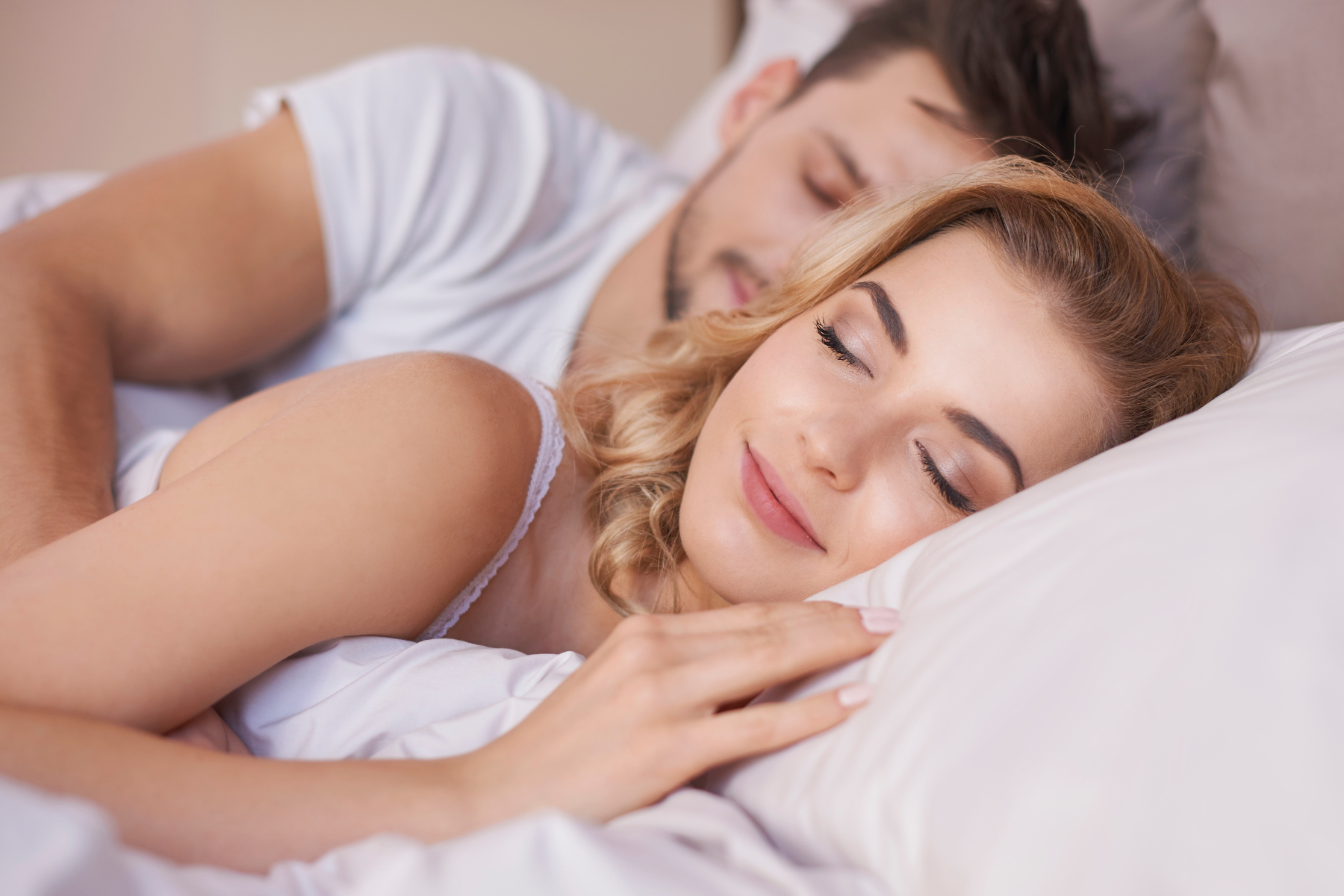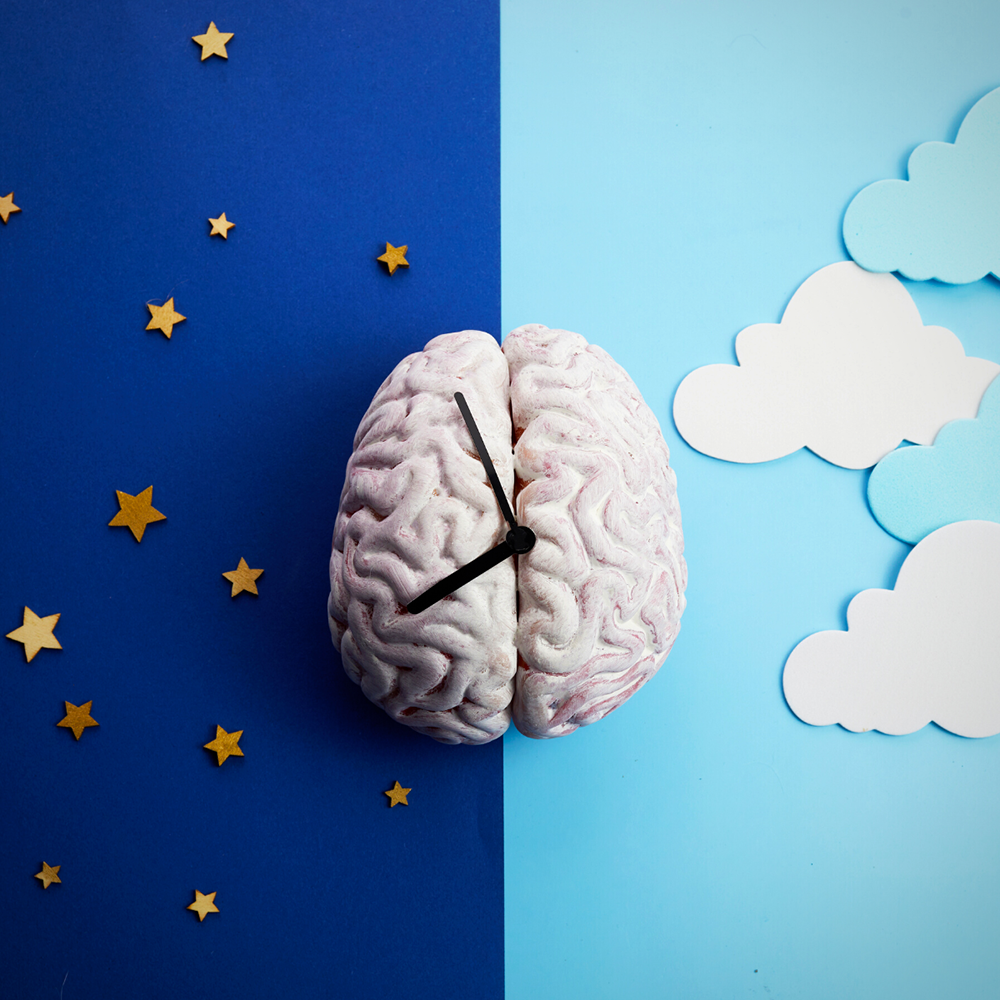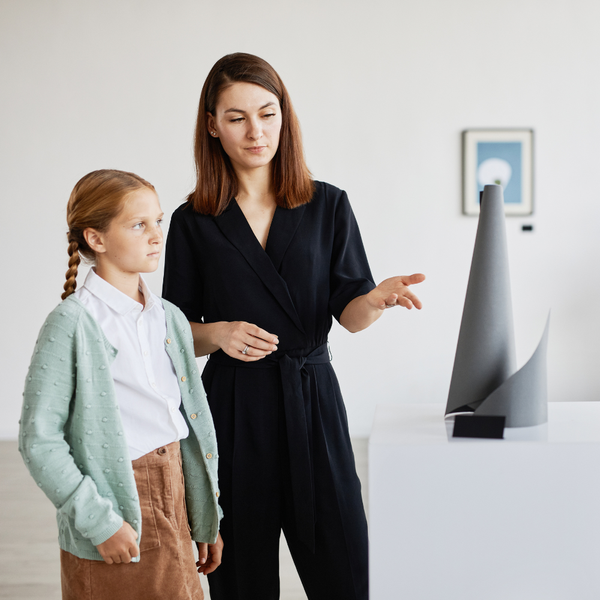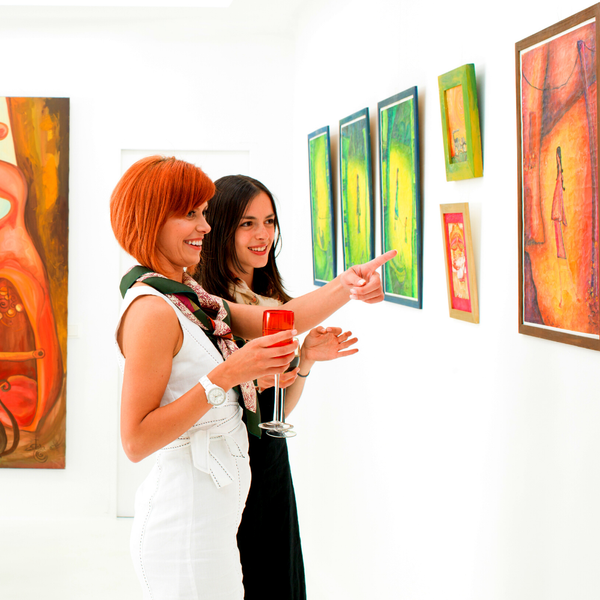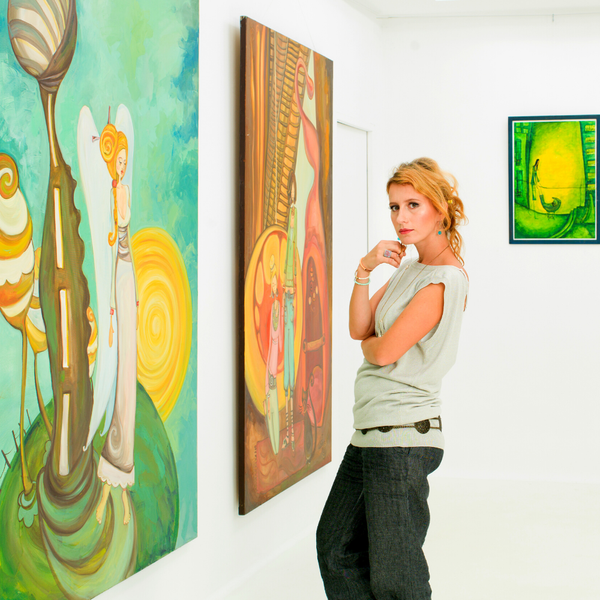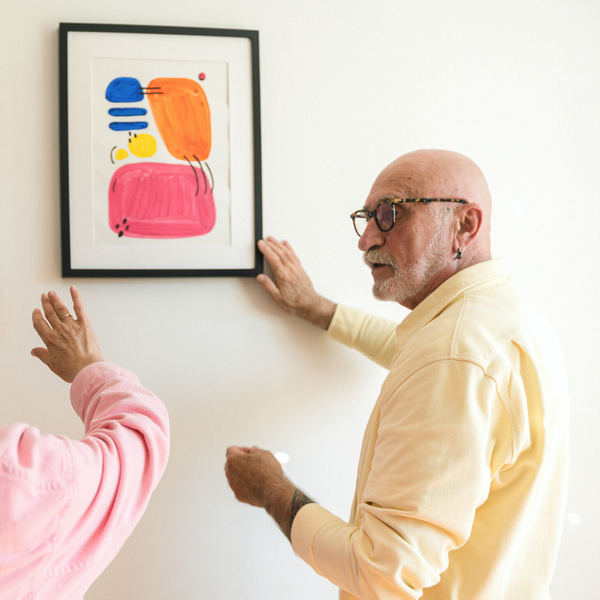We all know that one of the most important aspects to a successful and productive lifestyle is getting enough rest.
Despite this knowledge, it can often be hard to prioritize sleep over what needs to be done in our day-to-day lives.
Vital for our overall health and well-being, did you know that it can also have a profound impact on your artistic output?
Whether you’re a professional artist or an amateur hobbyist, understanding how the various stages of sleep affect creativity can help you unlock your full potential.
In this blog post we'll take you on a journey exploring how well rested creativity affects your ability produce content, both artistically and mentally.
So, if you want to kick start your productivity with better sleeping habits or just learn more about its effects, let’s take a deeper look at the relationship between sleep and art.



The Circadian Rhythm?
The circadian rhythm is your body’s internal clock and sleep-wake cycle, and it dictates the timing of certain processes in your body like eating, sleeping and wakefulness.
It works in tandem with the natural day-night cycle of sunlight, and typically has a span of 24 hours.
There are different sleep stages, including REM sleep and non-REM sleep.
Each sleep stage is associated with specific brain functions and activities in the brain, such as memory consolidation, creativity and problem solving.
It’s very important to keep your circadian rhythm on track if you want to stay consistent in your creative output.



The Power of NREM Sleep
NREM (Non-Rapid Eye Movement) sleep is the first stage of slumber, and experts believe it is during this time that our creative juices start flowing.
During NREM sleep, our brainwaves slow down and our bodies become more relaxed, allowing us to explore ideas without distraction.
This is why many artists find themselves waking up with new creative insight into their work—they have been processing ideas in their subconscious while asleep.
Furthermore, during NREM slow-wave sleep, certain hormones are released which stimulate creative processes in the brain.
This light sleep lasts from 1-2 hours and can be greatly beneficial for those looking to give their artistic project a boost.
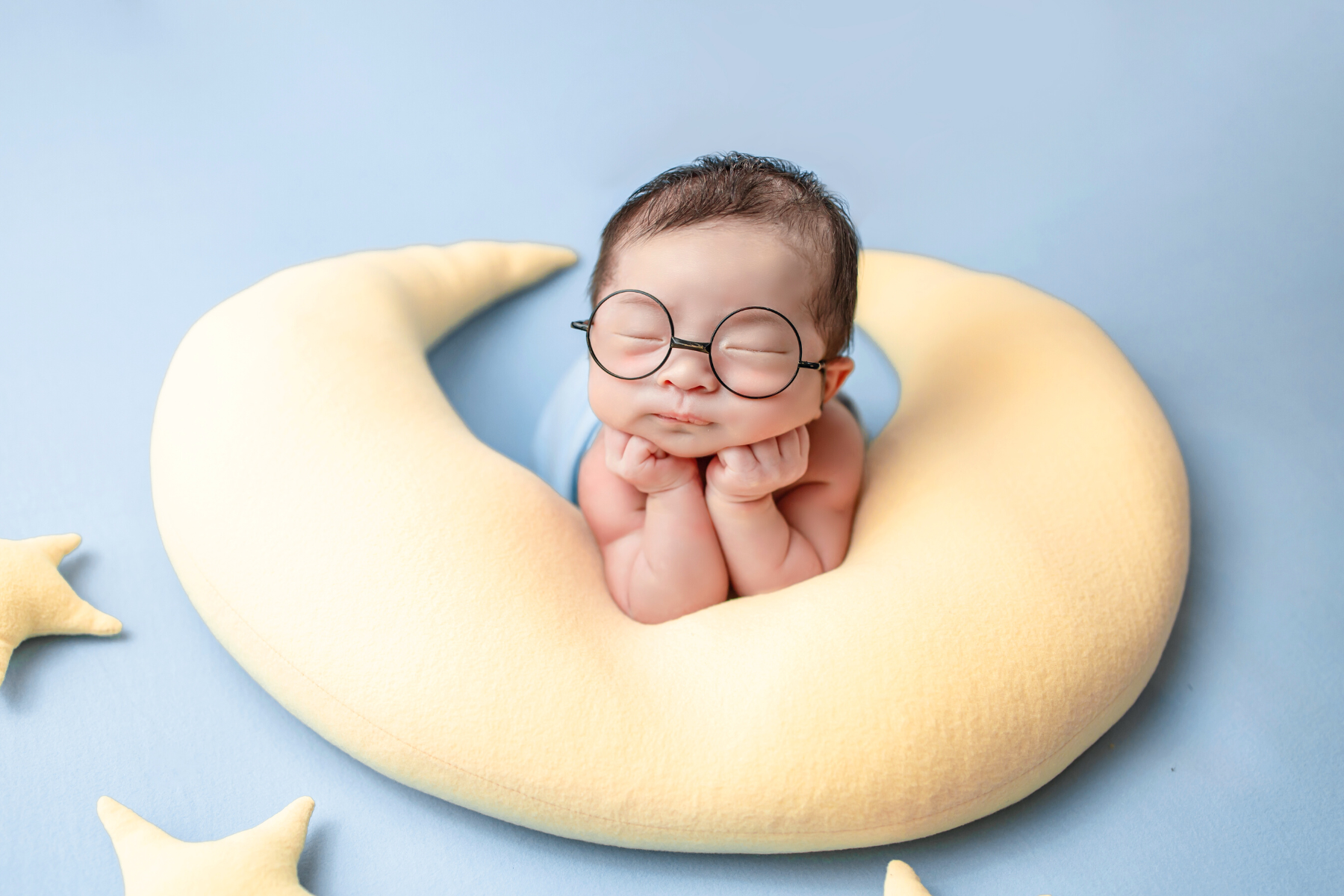
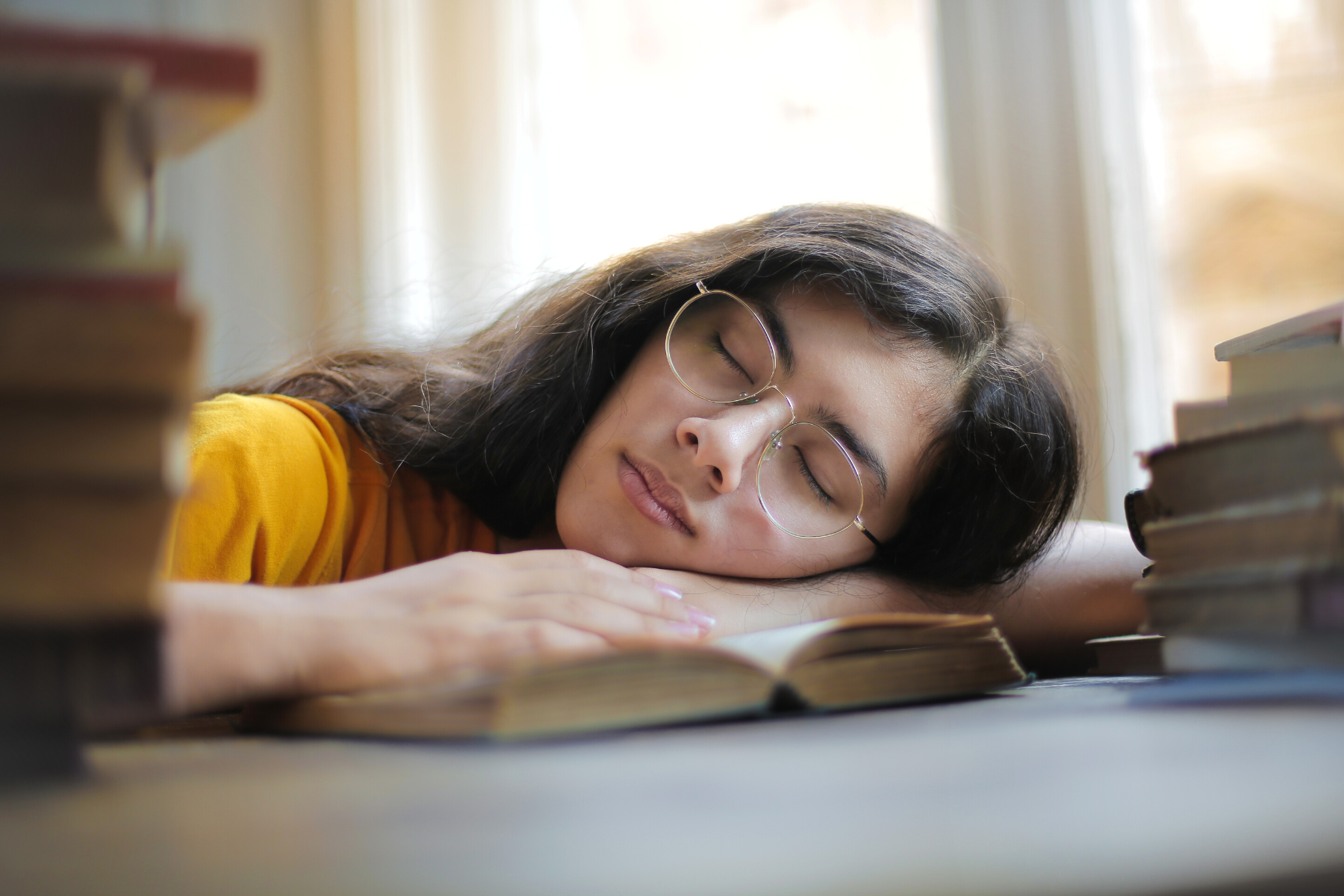

REM Sleep: Dreaming Big
During REM (Rapid Eye Movement) sleep we engage in dreaming activity as our brainwaves speed up and have more active brain function.
Dreams are thought to be an important part of the creative process because they provide us with an opportunity to explore new ideas without having to face them head on.
Dreams can be incredibly vivid and provide insight into how we view ourselves and the world around us—all factors that influence artistic expression in one way or another.
For example, some famous painters report having dreams about their artwork before they even put brush to canvas!
REM sleep enhancement can be a great way to bring new ideas to the surface and let you explore them in a safe environment.
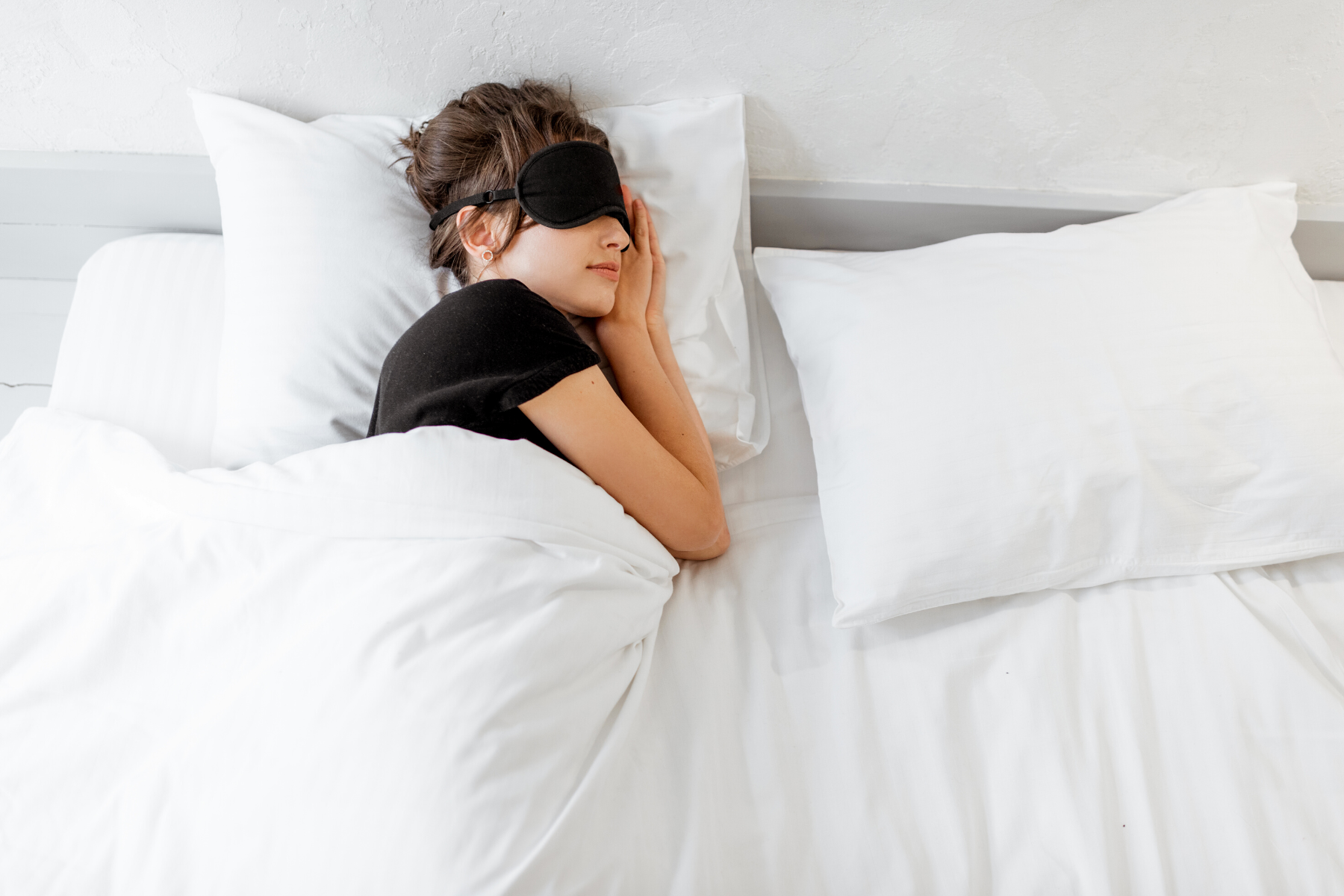
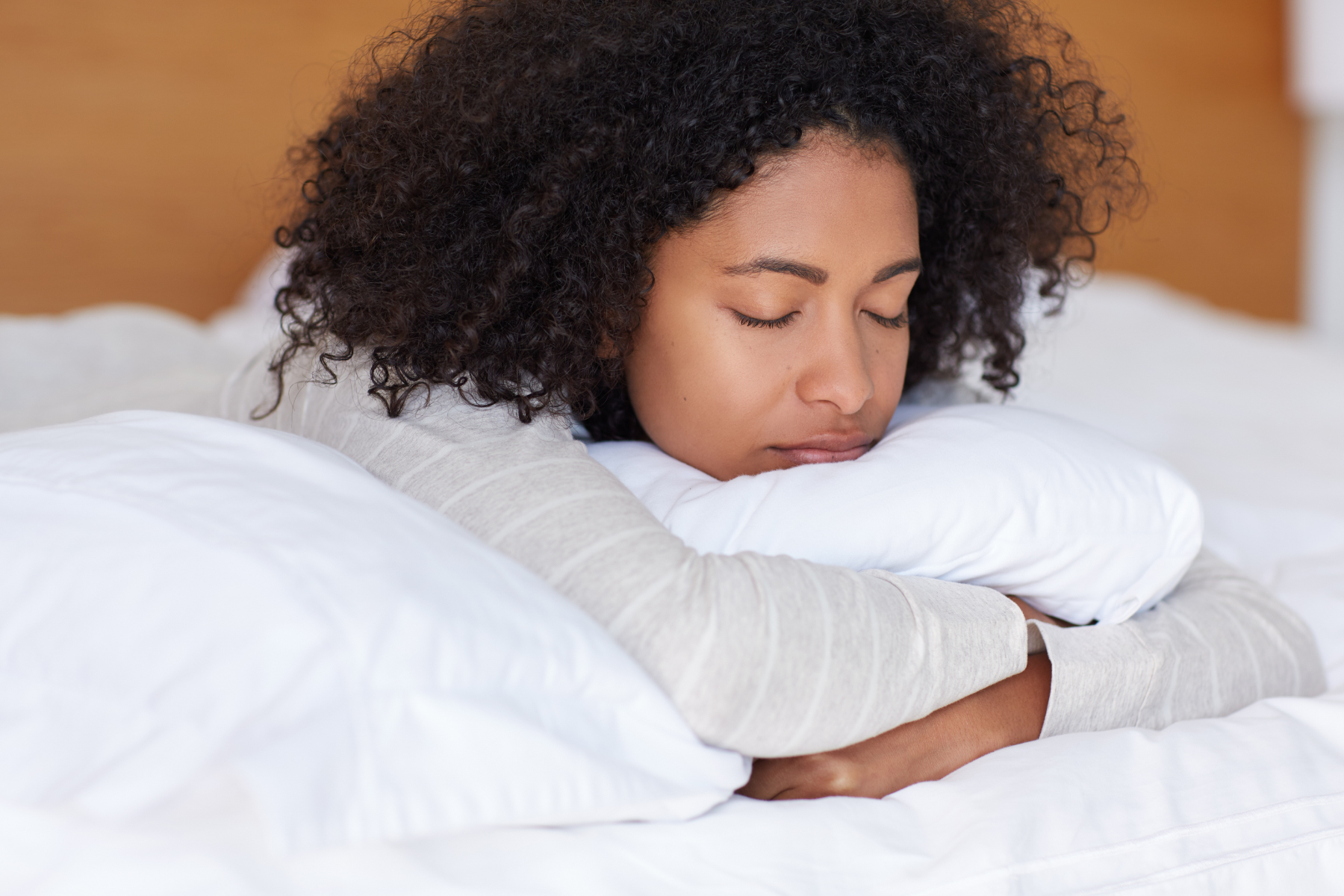

Individual Circadian Rhythms and Different Sleep Types
All humans have an innate circadian rhythm, but some of us may be more in tune with our own individual rhythms than others.
For example, some of us may naturally wake up very early in the morning and be ready to start our creative work right away, while others may prefer to sleep in and work later in the day.
Early birds, or morning larks, typically rise with the sun and hit peak productivity early in the day, while night owls tend to stay up late into the night and are more productive at that time.
Other sleep types include nappers, afternooners, woodcocks, and swifts.
Most people can relate to multiple sleep types to varying degrees, but in general, studies have found night owls to be more creative.
This can be due to the fact that the circadian rhythm of night owls leads them to stay up late into the night, when their brain is more relaxed and able to explore new ideas.
Plus, when night owls are most active, most people are asleep, meaning that it's a lot quieter, and they have fewer distractions.
Understanding your own sleep type and how it corresponds to your circadian rhythm can help you make the most of your artistic process.
The important thing to remember is that no two sleep cycles are the same, so it’s important to experiment and find what works best for you.
Being aware of your individual sleep cycle and adjusting your creative work to align with it can be a great way to maximize productivity and artistic expression.
Whether you’re an early bird or a night owl, getting the right amount of sleep is essential for unlocking your creative thinking and full potential.
So, take some time to get to know your own circadian rhythm, and start tapping into the magic of sleep!
Finding Balance in Sleep Cycles
It’s important to remember that quality matters as much as quantity when it comes to getting a good night’s rest.
It’s recommended that you get around 8 hours of sleep, but if you are finding it hard to get into a rhythm, try to break up your sleep into smaller chunks or take short naps throughout the day.
You can also look into sleep aids or methods like aromatherapy, listening to music, and guided relaxation or meditation to help with falling asleep into blissful slumber.
There's nothing worse than disrupting your natural circadian rhythm and feeling groggy and unable to concentrate.
If you fell asleep a few hours before needing to wake up, you won't be able to get into true, deep sleep.
You can also limit exposure to blue light before bed, as sleep researcher studies have found this to be detrimental to sleep quality.
Therefore, paying attention to your regular sleeping patterns is essential if you want make sure that you get enough restful sleep each night—so set yourself a bedtime routine!
By taking the time to get your sleeping habits in order, you’re giving yourself the best possible chance of unlocking your full creative potential.
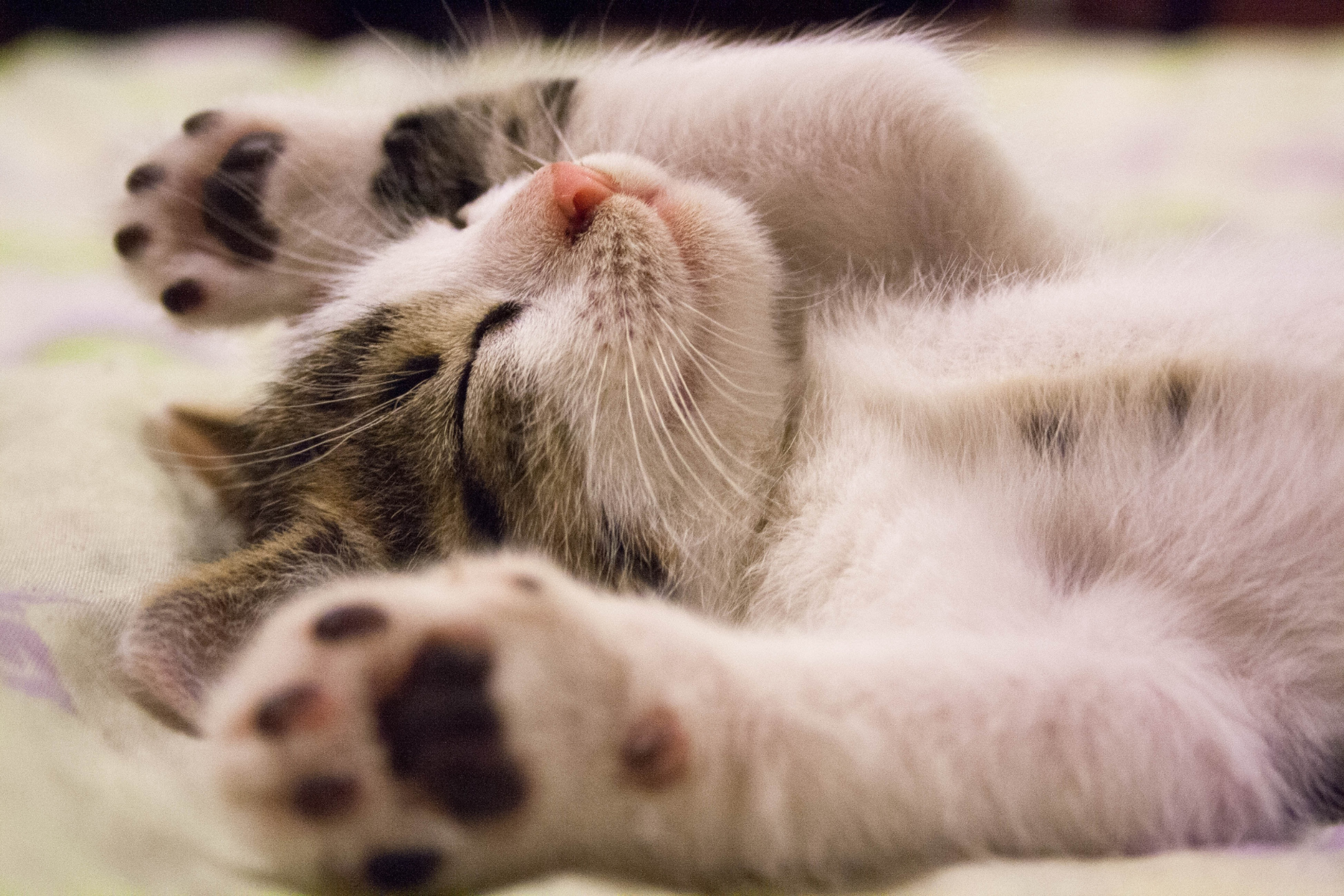

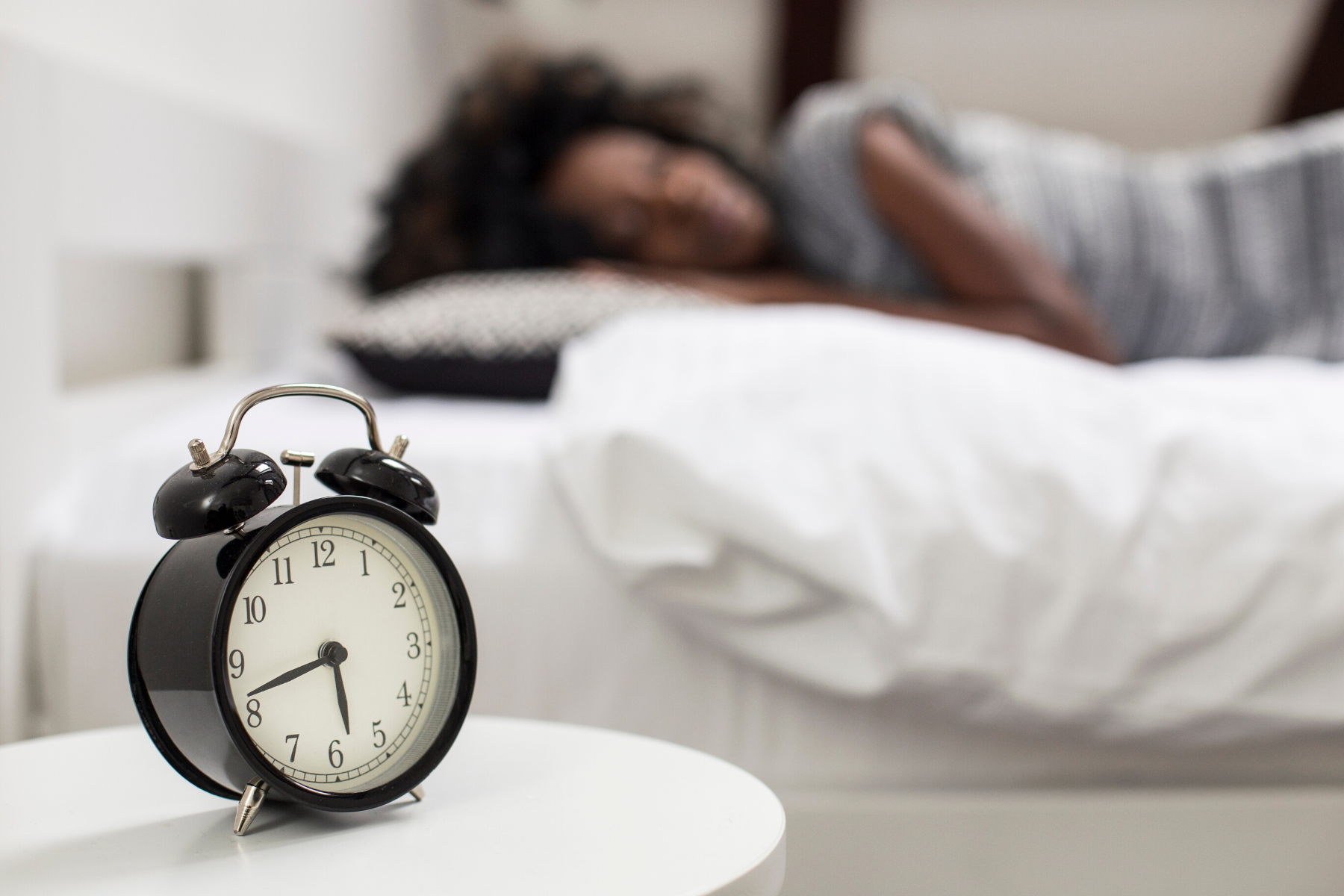
How Does Sleep Affect Creativity?
Sleep plays an essential role in the creative process, as it can help your brain consolidate memories and form new associations.
During deep sleep, your brain processes information from the day and begins to make sense of it.
This helps to create a new understanding or knowledge that you can draw on when embarking on creative projects.
Plus, sleep is when the body repairs and rejuvenates itself, which can help to boost your energy levels and motivation, leaving you feeling refreshed and ready to tackle any creative challenge.
The creative sweet spot is found somewhere between sleeping enough to rest your body and brain, but not so much that you feel sluggish and groggy.
By getting a good night's sleep and understanding your own circadian rhythm, you can set yourself up for success for creative tasks.
Without enough sleep, your creativity can suffer as your mind is too foggy to think of new ideas or foster creative solutions.
Poor sleep quality can also lead to a decrease in performance and productivity, so make sure you’re setting yourself up for success with healthy sleep habits.
In addition to improving your cognitive abilities, sleep also helps to boost your motivation and enthusiasm for creative projects.
When you’re well-rested, you’ll feel more energized and inspired to work on your art; this will help you with creative problem-solving while awake.
Since sleep inspires insight, it's crucial to fall asleep at reasonable times and avoid sleep deprivation.
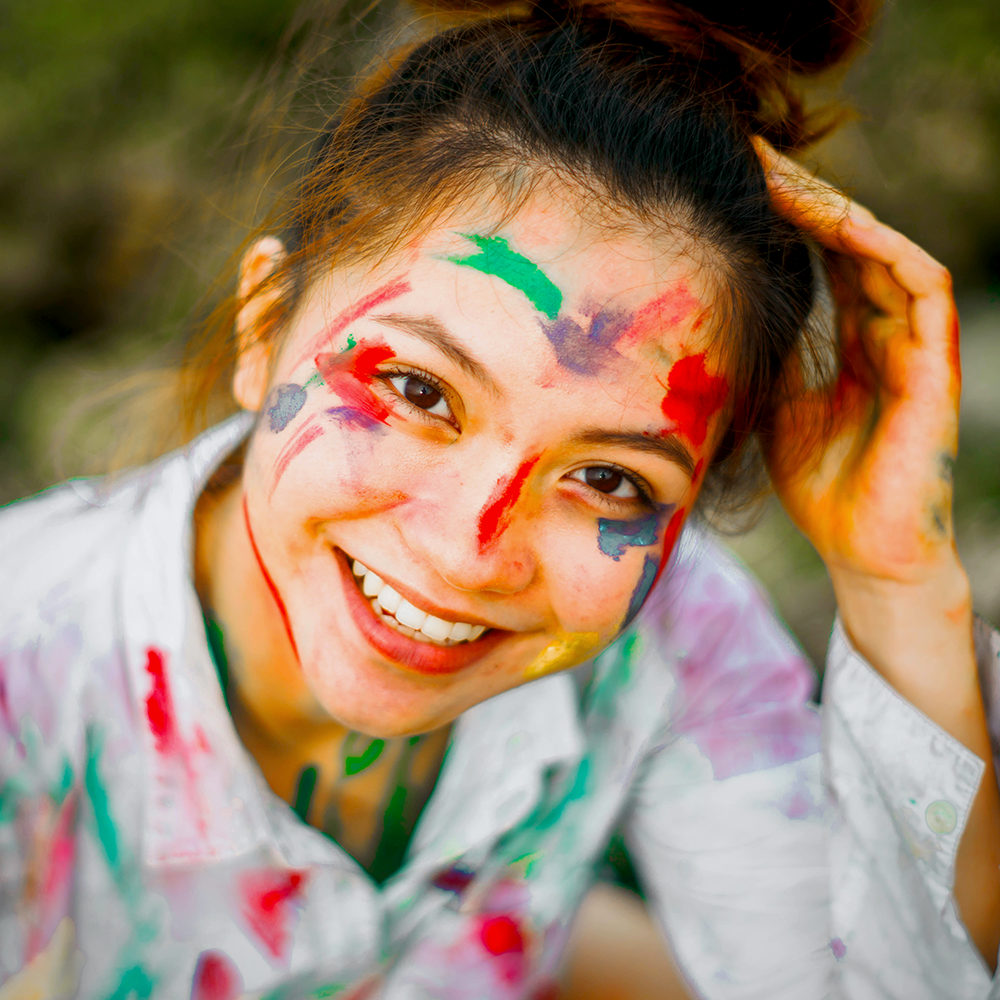
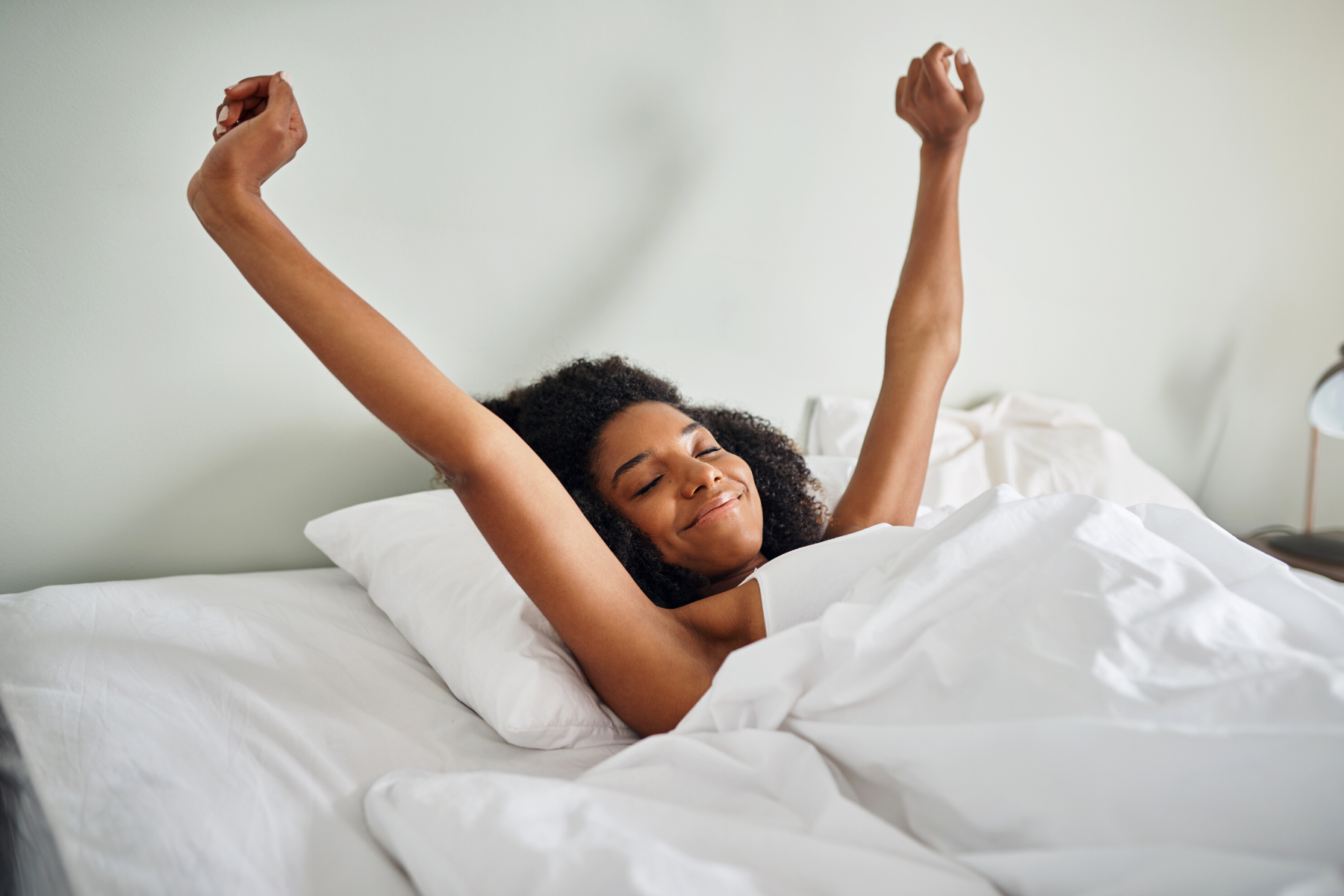

Sleep-Empowered Creativity
As we have seen, getting enough quality rest each night can do wonders for both your physical health and your artistic output.
Not only does regular restful slumber give us access to new ideas by stimulating creativity during dream states, but it also helps regulate hormones which are essential for productive thinking throughout the day.
So, don't underestimate the power of good old-fashioned shut eye; make sure you're getting enough every night so you can reach peak performance when it comes to your creative mind and creating art!



Need the perfect pillow to help you get your vital Z's? Head over to Riz Review's and find awesome pillows for side sleepers!
Want to learn more about sleep's impact on creativity? Check out Joe Rogan's video!
Want even more content about creativity and art?
Be sure to check out all of our creative chronicles!
Eager to learn more about creativity?
Check out some of our other articles:
-Building creative confidence in your abilities
